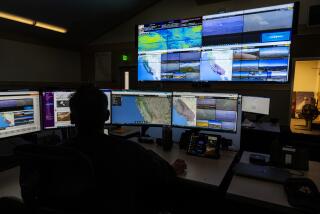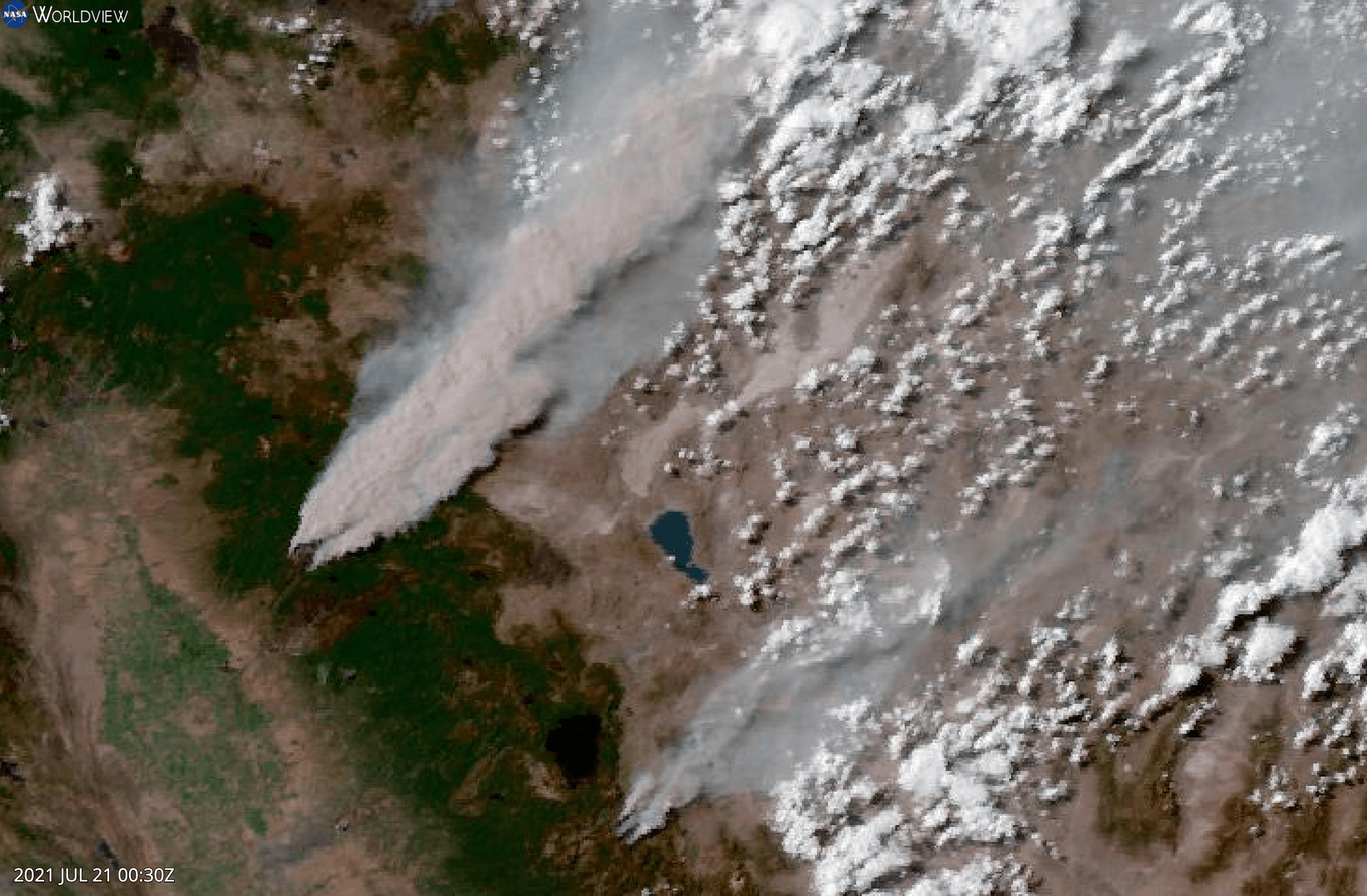Meet TESS, NASAâs new mission for hunting planets -- and life
The search for Earth-like planets, and ultimately life beyond Earth, is about to get a boost: In 2017, NASA will send a satellite called TESS into orbit with the goal of finding planets in our solar neighborhood that may be hospitable to life.
NASAâs Kepler mission has been scanning a small portion of the sky since 2009 in search of planets that orbit stars other than our own, but the Transiting Exoplanet Survey Satellite mission will be scanning the entire sky, looking specifically for planets orbiting stars 200 to 300 light years away.
âIn its two-year mission, TESS will cover 400 times the solid angle covered by Kepler,â said project leader George Ricker of MIT Kavli Institute in a statement sent to the Los Angeles Times. âOn average TESS target stars will be about 10 times closer than Kepler target stars.â
Photos: See Curiosityâs images from Mars
The closer a planet and a host star is to Earth, the easier it should be for scientists to study using other earthbound and satellite telescopes.
âWe expect TESS will find 1,000 planets or more and those systems will be relatively close to us, making them great targets for following up in the future,â said Doug Hudgins, the TESS program scientist for NASA.
Ricker and his team received a $200-million grant from NASA to build their satellite. They have done some prototyping and computer modeling of the instrument, but havenât yet started building the equipment that will launch into space. It will consist of four cameras, each about 2 feet long with a lens about 5 inches in diameter.
âThe cameras donât look that different than what you might see at a Lakers game -- itâs like a very long telephoto lens,â said Ricker.
TESS will have a funky two-week orbit that will take it just beyond the distance of the moon at its farthest point from Earth, and a little beyond geosynchronous satellites at its closest approach. It will send relevant information to scientists only when it is closest to Earth, once every two weeks.
The satellite will also provide information that will allow scientists to study the mass, size, density, orbit and atmosphere of the planets it finds, helping scientists determine which ones are most hospitable to life.
NASA announced Friday that the TESS mission had been selected to launch in 2017.







